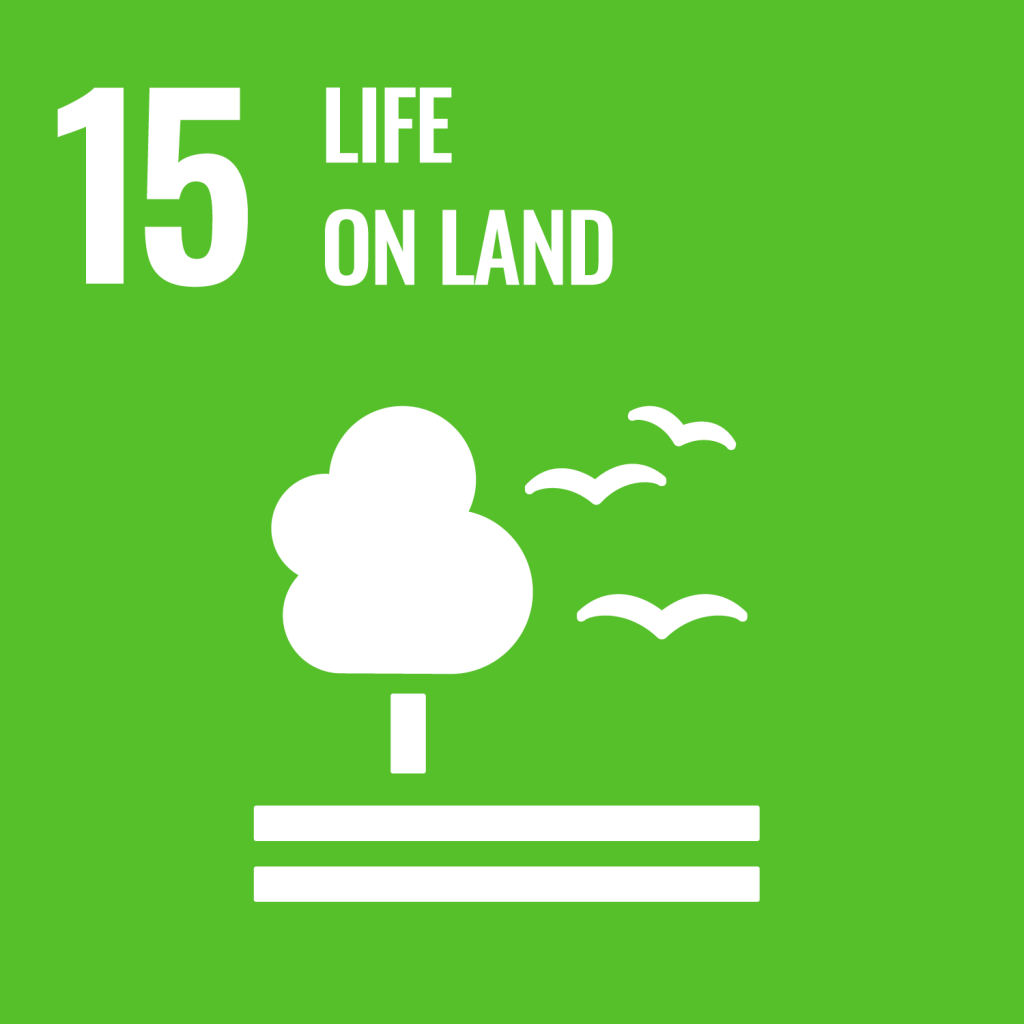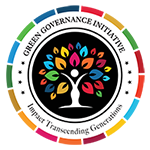To safeguard places that contribute significantly to global biodiversity and continue preventing forest land to let the biodiversity thrive, Goal 15 aims to restore and promote the conservation and sustainable use of terrestrial and other ecosystems.
Fact And Figures
Between 1990 and 2015, the world’s forest area diminished from 31.7 per cent of the world’s total land mass to 30.7 per cent. More forests are being protected and areas under long-term management plans and voluntary certification have increased.
Wildlife poaching and trafficking continues to thwart conservation efforts. Since 1993, the global Red List Index of threatened species has fallen from 0.82 to 0.74, indicating an alarming trend in the decline of mammals, birds, amphibians, corals and cycads. Protecting key biodiversity areas is necessary to strengthen natural resource management and biodiversity conservation.
While land degradation continues, biodiversity loss is rampant, invasive species are proliferating, and the illicit wildlife poaching and trafficking continue to undermine efforts to protect and restore vital ecosystems and species. Goal 15 is the protection plan for life on Earth.
30.7%
World’s forest area diminished to 30.7 per cent of the world’s total land mass
0.74
global Red List Index of threatened species

Target
15.1 By 2020, ensure the conservation, restoration and sustainable use of terrestrial and inland freshwater ecosystems and their services, in particular forests, wetlands, mountains and drylands, in line with obligations under international agreements
15.2 By 2020, promote the implementation of sustainable management of all types of forests, halt deforestation, restore degraded forests and substantially increase afforestation and reforestation globally
15.3 By 2030, combat desertification, restore degraded land and soil, including land affected by desertification, drought and floods, and strive to achieve a land degradation-neutral world
15.4 By 2030, ensure the conservation of mountain ecosystems, including their biodiversity, in order to enhance their capacity to provide benefits that are essential for sustainable development
15.5 Take urgent and significant action to reduce the degradation of natural habitats, halt the loss of biodiversity and, by 2020, protect and prevent the extinction of threatened species
15.6 Promote fair and equitable sharing of the benefits arising from the utilization of genetic resources and promote appropriate access to such resources, as internationally agreed
15.7 Take urgent action to end poaching and trafficking of protected species of flora and fauna and address both demand and supply of illegal wildlife products
15.8 By 2020, introduce measures to prevent the introduction and significantly reduce the impact of invasive alien species on land and water ecosystems and control or eradicate the priority species
15.9 By 2020, integrate ecosystem and biodiversity values into national and local planning, development processes, poverty reduction strategies and accounts
15.a Mobilize and significantly increase financial resources from all sources to conserve and sustainably use biodiversity and ecosystems
15.b Mobilize significant resources from all sources and at all levels to finance sustainable forest management and provide adequate incentives to developing countries to advance such management, including for conservation and reforestation
15.c Enhance global support for efforts to combat poaching and trafficking of protected species, including by increasing the capacity of local communities to pursue sustainable livelihood opportunities
Our Team


Abhishek Jain
Team Lead SDG 15
